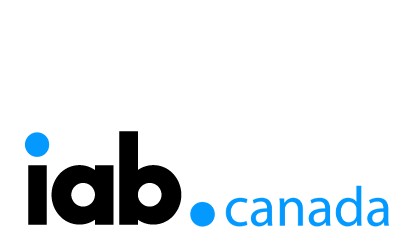
Engage in a Cookieless World
By: Raz Peter, CTO & Co-founder at Clinch
Featured in Total Retail
There has been a seismic shift in the user identity landscape, led in part by technology giants’ response to recent privacy regulations and constraints. While the shake-up ultimately impacts all aspects of the ad-tech industry, it’s worth noting that the initial challenge of scalable consumer identity will undoubtedly lead to new opportunities for advertisers to build deeper, more meaningful connections with consumers … as long as they invest in technology that enriches their existing data stack.
Having a strong foundation of first-party data is key for any advertiser to build a successful marketing strategy. However, the generic demographic attributes that are easiest to come by, and often the standard entry points of data collection, aren’t always effective in helping brands solve for the complexities they face in today’s reality.
A customer’s media consumption is more fragmented than ever, and many are converting to digital for operations that were once widely preferred as in-person experiences (e.g., the shift in grocery shopping behaviors from in-store to online/buy online, pick up in-store). When it comes to reaching a broad audience online, age and gender will only take you so far. In order to capture consumer attention and build any sort of long-term loyalty with an audience, advertisers must evolve their approach to data and invest in technology that can work with their existing assets. Furthermore, advertisers must enhance each customer record to build a better understanding of their customer.
Enter engagement data. Companies that deliver personalized ad creatives are uniquely positioned to provide valuable data enrichment that you can’t get anywhere else. We’re constantly testing a multitude of ad variants and generating user-level insights in real time so advertisers can understand things like which offer inspired a direct consumer action, the time of day they prefer to shop, call-to-action preferences, even strengths and weaknesses in brand loyalty and propensity to try something new. It’s all about which creative elements help a brand engage with its audience. Some of the most valuable include:
- Purchase Prediction: The probability of a consumer to buy a product within a time frame + which product (value) and be able to inform media buying/audience segmentation accordingly.
- Color/Product/Category Affinity: Independently, you might not think that the color schemes used in an ad would have much impact on a view, however, some people are subconsciously adverse, or attracted to, particular pallets. The same goes for certain product lines. Once you start to dig into and combine these insights, you can create powerful ads that appeal to your audience on a multitude of levels
- Time of Day: Leverage creative engagement-level reporting to uncover the time of day your ad best resonates with your audience, and craft messaging accordingly
- Weather: If a snowstorm is expected to hit, grocery retailers might want to target their audience with ads that mention stocking up on the essentials. We’ve also ran successful campaigns where retailers offer coupons on cold and flu medication during spikes in pollen count.
- Message Affinity: Many retailers segment their audience into “brand loyalists” or “discount shoppers,” but knowing the specific messages that resonate with your customers enables you to take your audience segmentation to the next level.



